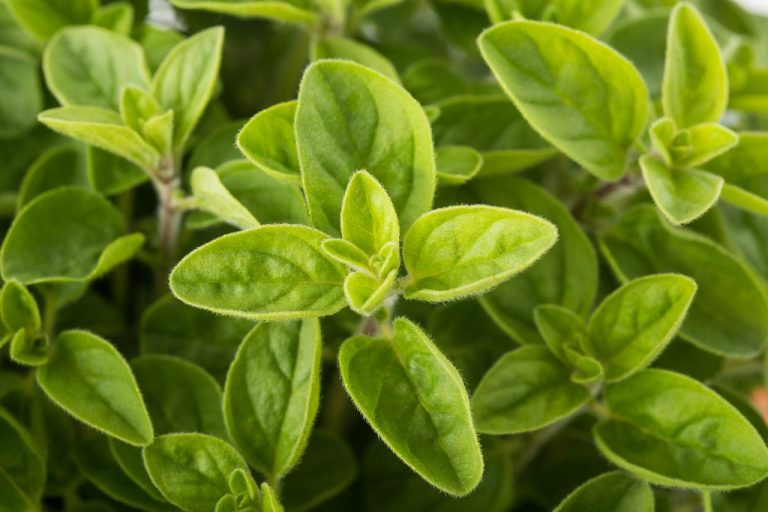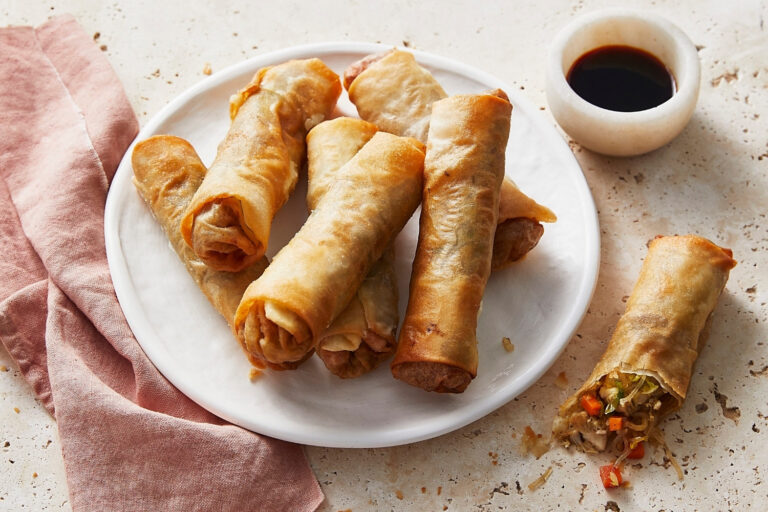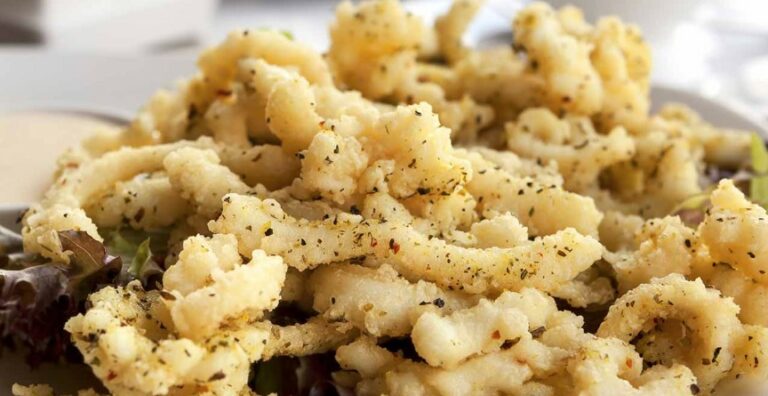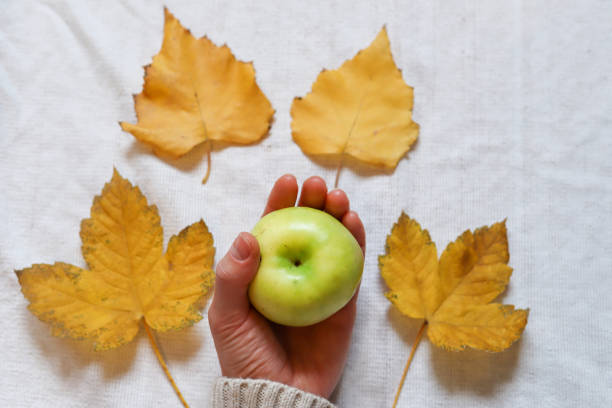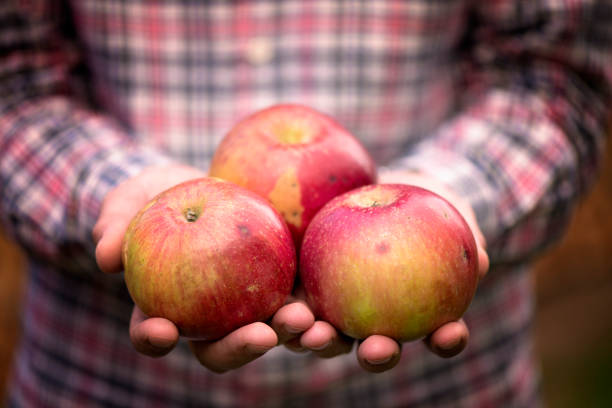A mixture of French kitchen herbs is called Herbs de Provence. Here you can find out what is in the popular mixture, how you can make it yourself and which dishes particularly benefit from the taste.
Herbs de Provence is a mixture of classic southern French kitchen herbs. Most grow wild in the Provence region and are popular in French cuisine. However, the mixture in this form is largely unknown in Provence itself. Rather, the mixture was invented for tourists so that they can take a touch of Provence home with them.
The name “Herbs of Provence” is not legally protected. Therefore, the composition of the mixture varies greatly. However, the following herbs are found in most blends:
rosemary
oregano
savory
thyme
Since the region is also known for its lush lavender fields, lavender flowers are often added. Furthermore, these ingredients are also often found in conventional mixtures:
laurel
sage
juniper
basil
fennel
lovage
chervil

Mix herbs de Provence yourself
Ready-made spice mixtures from the supermarket often have little in common with Provence. The alleged herbs of Provence often come from Asia, Eastern Europe or the Arabian region.
You need these ingredients for your own “Herbs of Provence” mixture:
1 tablespoon rosemary
1 tablespoon savory
1 tablespoon oregano
1 tablespoon thyme
1 teaspoon of lavender flowers
You can change the classic spice mix according to your taste or optionally add other herbs mentioned above.
How to make your mix:
Use dry herbs for the herb mix. If you have freshly picked the herbs, you must first dry them.
Crush the dried herbs with a mortar, spice grinder or a suitable blender.
Place the herbs in a sealable jar and shake the jar with the lid on to mix the herbs.
Store the herbal mixture in a dark place so that the aroma lasts as long as possible.
How to use herbs de Provence
Herbs de Provence can be used in a variety of ways in the kitchen. The popular mixture gives various dishes a typical Mediterranean touch.
So that the taste can develop fully, it is best to cook the herbs longer. Here you get inspiration for the Mediterranean herbal mixture:
Herbs de Provence are often used for stews and soups in particular.
The mixture lends a Mediterranean touch to vegetable dishes with zucchini, aubergines, potatoes and tomatoes. The herbs harmonize particularly well with the French classic ratatouille.
The fine herb mixture refines herb quark, homemade herb butter or pesto.
Herbs de Provence are also good for marinades or for preparing herbal oil.

